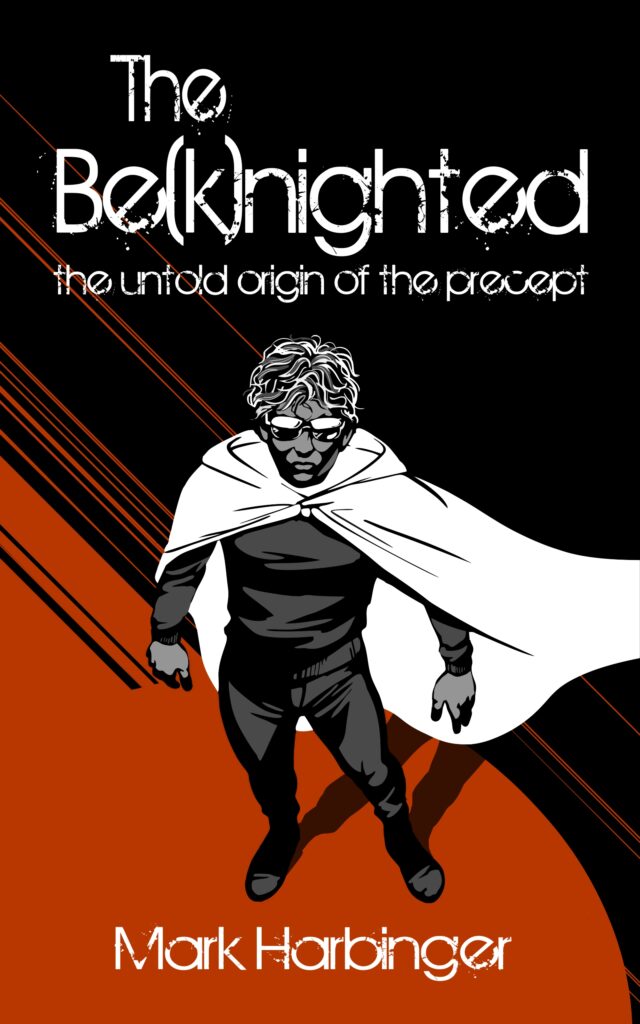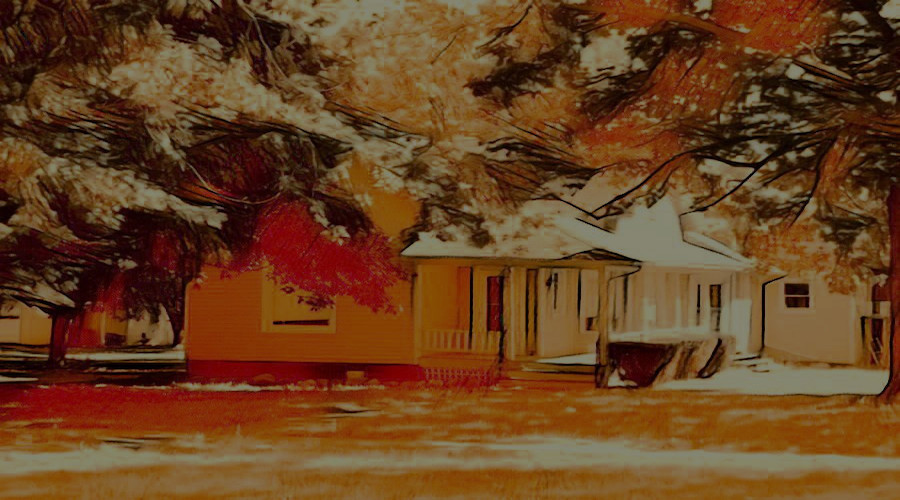It’s important to understand that there are large corporate forces at play against truly independent artists (link, starting at 21:37). This is true in the music industry and certainly no less true for writers.
Now, I know writers are always looking for ways to make more money from their writing. I also have observed that a lot of online, armchair advice is given that tries to make the artist feel as though they are doing something wrong if their work isn’t selling more.
Now, to be sure: this could be true. As I’m fond of saying: Sturgeon’s Law is always in effect. So, there may be objective reasons for a book not selling. But the reverse doesn’t necessarily hold true: a lack of sales doesn’t automatically reflect a lack of artistic merit.
“Immediate popularity has never been a reliable
measure for the enduring value of any work
of art or entertainment.”
—Scott Derrickson, Director (Doctor Strange, 2006)
Here’s the catalyst for this post: In the just over one year since I released my debut novel, The Be(k)nighted: The Untold Origin of The Precept, I’ve moved 130 copies.

Back in ’21, after a brief foray into querying that confirmed my belief that the industry’s interests were focused on just about anything but the merits of the storytelling, I self-published and never looked back.
Further, recently, I migrated ‘Anti-fascist, and sane’ for the Winter—getting off of Twitter and Facebook for good, in favor of more targeted and less morally reprehensible social media platforms. Honestly, neither FB nor the Dirty Bird were that instrumental in my novel’s sales.
130. Is that what I expected? Is it good? I felt this was a good time to blog about this first year; and to share my observations about art and profits and success. To be sure, my opinions have evolved since I began this journey.
###
First, I don’t blog as often as I’d like. Like most, I tended to use the aforementioned social media platforms to get my juices flowing, do some reflexive marketing, and otherwise just vent. Further, I have a special interest in #medialiteracy and so my perspective is a little different than most; but, the world at large is catching up to what I’ve been saying for a while: Social Media is an industry profiting off of a public health crisis that it itself is creating (like Big Tobacco in times past). So, Social Media represents a complicating factor in all of this.
But, before we get into the tall grass: first things first, this entire post is about sales, not profits. I make such a small margin on each sale, that—given what I used to charge for my time, professionally, before I retired—whatever profits I’ve made total? …Well, I’ll “spend” more than that, just drafting this blog post. My takeaway for you: If you’re writing SOLELY to make money, my suggestion is to sell used cars.
Even using the word profit is misleading. My up front costs (e.g., cover artist, copy editor, etc) will actually further offset anything I might make for the foreseeable future. That’s the just the economics of it. So, this post is really for those who feel they must write. They have a story they must tell, and, at the same time, would like some realistic advice about how to balance those artistic needs with the commercial realities. This post is maybe more for them. But I will try to cover both ends of it.
###
Within the past two months, the publishing industry has been a-flutter about some revelations that came out of the recent, victorious DOJ anti-trust lawsuit against PRH, and the resulting commentary from publishing industry insiders. The bottom line is that somewhere between 15-50% of traditionally published books sell a dozen or less copies in their first year. And there are no numbers for it—but, presumably, this number is exponentially less, once you factor in all the self-published titles, too.
This, of course, is disheartening to all authors, especially self-publishing authors like me.
Although, maybe it shouldn’t be. Analogize it to another art form: being a musician. What percentage of musicians make a full-time living with their music? One in 50 or 500? One in 5,000? One in 500,000? Would we be surprised by any of those numbers?
Anyway, with the data from those blog posts: I took the more generous of those numbers, and I had a math genius friend of mine graph it out. And my 130 sales—had I been traditionally published—would have probably clocked in at around 30th-33rd percentile. And, again, against all books, including self-published, I’m willing to bet my sales are in, at least, the top half.
Even on Amazon alone (which is only one avenue for my book’s sales), today my ranks are: #3,560 in Superhero Fantasy eBooks, #7,102 in Superhero Science Fiction, and #10,808 in Dark Fantasy Horror.
And, for a brief time this past October during a marketing putsch, it was ranked #22 in Superhero Fantasy eBooks! (That is, before Amazon’s algorithm realized it had inadvertently allowed a non-affiliated book squeak into it’s top rankings and systematically buried it back under 1,000 the very next day even though that next day had even more sales (!)).
Dystopia Alert: I can only imagine how much harder all of this is going to be when AI start producing most of the industry’s creative output.
In the early days of self-publishing, before Amazon’s dominance and the resulting glut-cluster, there was a truistic stat bandied about that the average self-published book sold about 150 copies in its entire lifetime (like, forever) and most of those in the first year. Logically, again, those number must have gone down since then—but, even if they haven’t, my novel seems to be on-track. So, it seems to have done all right.
###
So, what do we do with this information? Well, I’m of the opinion that there are two diametrically opposed forces at play.
First, there’s what I’ve dubbed The Artistic Method (which I define as the entire process: the message of personality that the artist wants to convey, into the through the Art, and finally to the audience and the audience’s growth from enjoying that Art. NOTE: Hopefully, you get the reviews and audience ratings that reflect your good work.
Second, there’s the industry’s marketing efforts, which are more geared towards conditioning both artist and audience to re-create and re-consume the same essential art over and over again. I think it’s self-evident these two forces work against each other.
Occasionally, a work of Art balances them both, perfectly: think the Shades of Gray phenomenon, George Lucas’s Star Wars, or the Harry Potter series. Sometimes the Art precisely pings the Zeitgeist, and the audience just won’t let the industry run its pass blocking. The audience insists on making its own hits.
But, increasingly, this is a lightning-in-a-bottle event. So, as an artist, I think there are two choices. First, you can, essentially, write to spec: team up with an editor/publishing house/agent and write what some sector of the market wants. This is a tremendously valuable skill and, frankly, short of the scenario I mention above, it will be one’s best chance to make any money at all at this. Bonus points if that’s what you like writing, too, right?
The other approach is to lean into your own artistic vision and hope for the best as to the other end of the spectrum. There are tremendous perks to this approach: true creative control; you own brand isn’t subservient to the work but rather vice versa; and it’s a lot of fun. You don’t ignore the mercenary aspects—you still do the marketing. But, it’s just not your starting point.
In the end, which approach you take should reflect which definition/s of success you use. In some cultures the very definition of how “good” art is is measured by how much it changes the artist. I think that’s not a bad headspace to be in.
